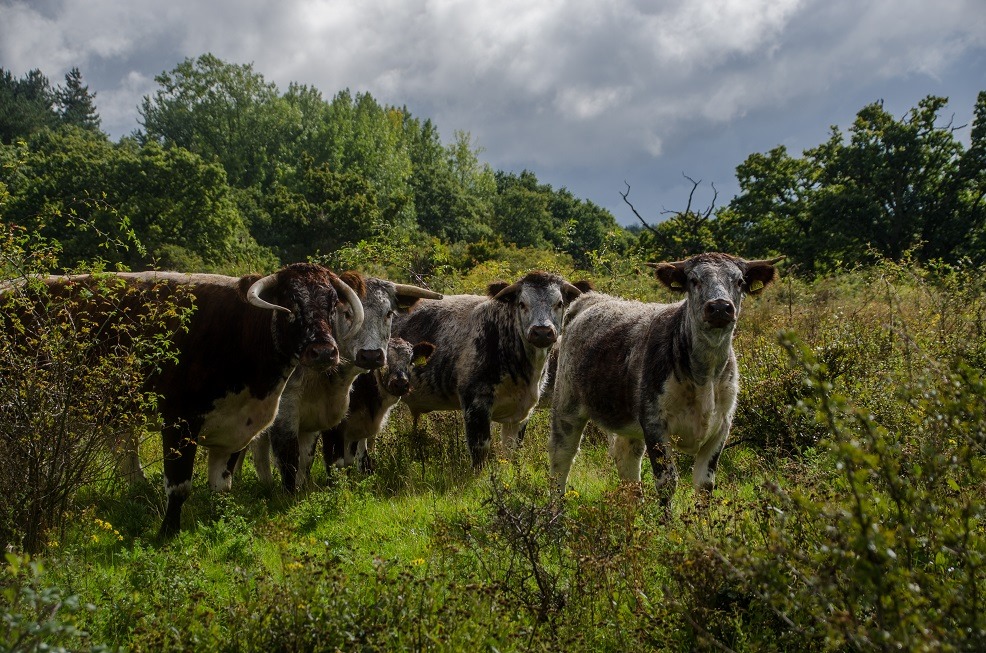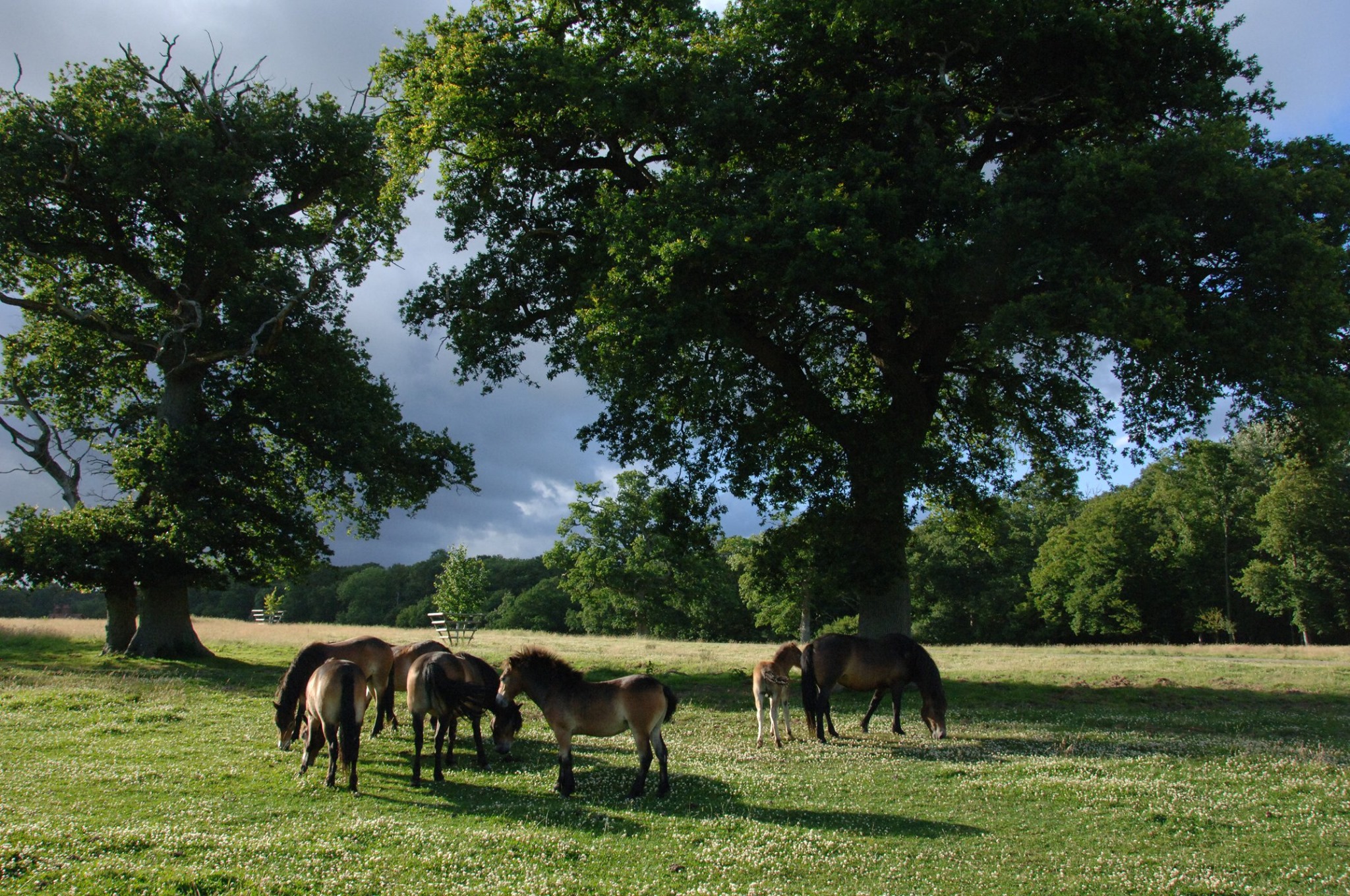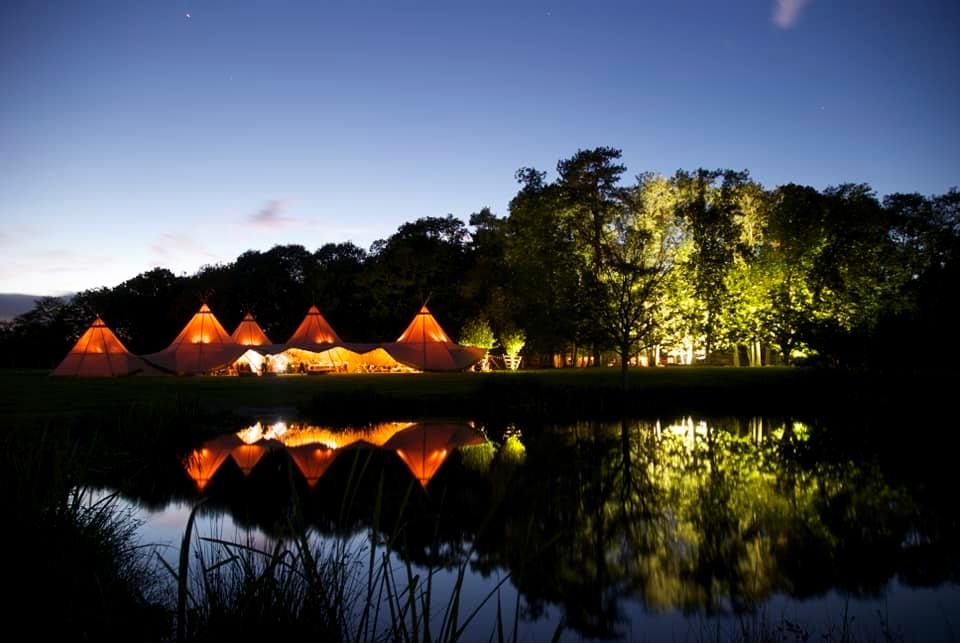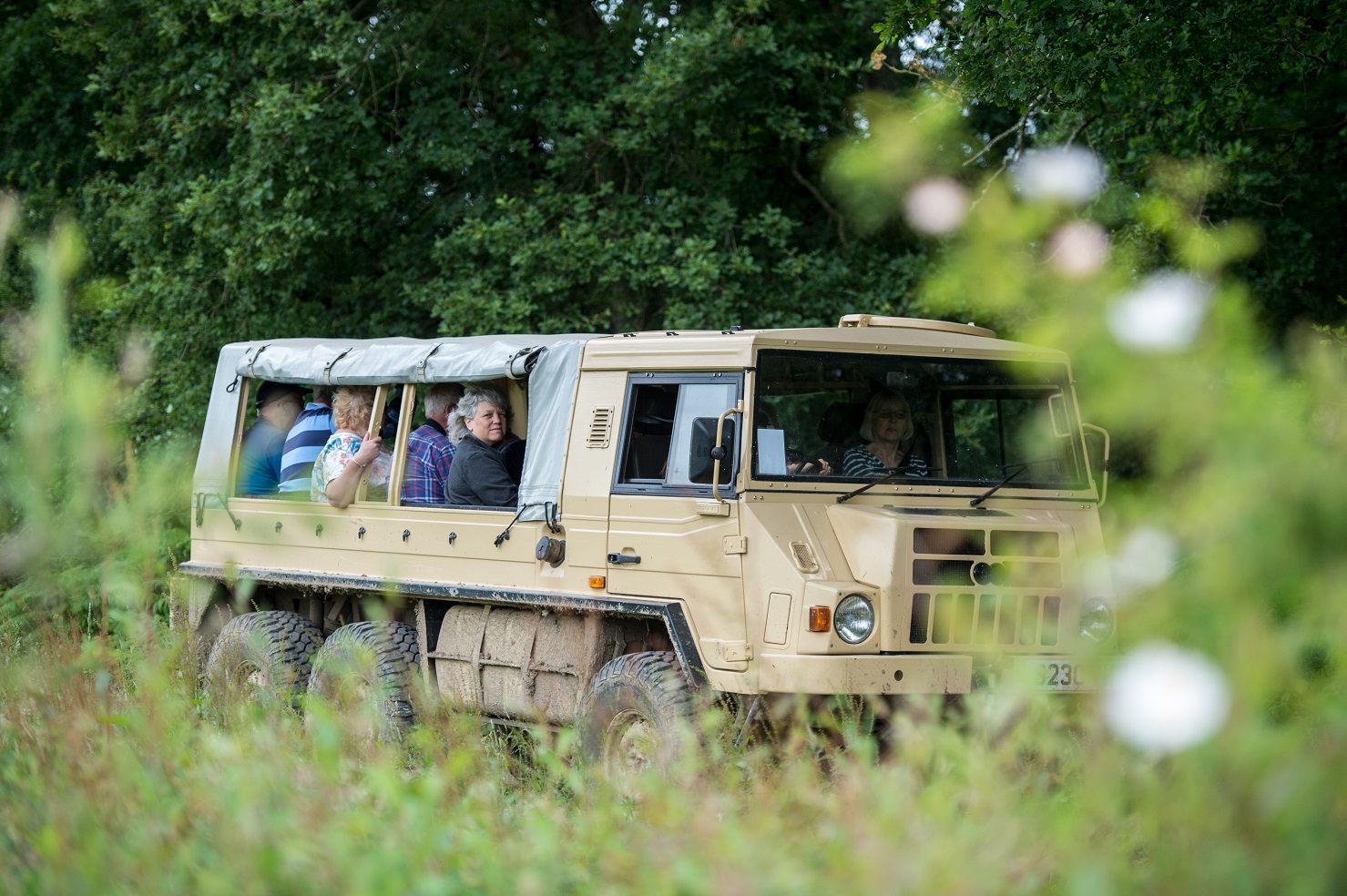
One couple have transformed a desolate English country estate into a conservation Eden, rewilding to attract rare species of breathtaking biodiversity.
Knepp uses grazing animals as the drivers of habitat creation
Charlie and Isabella Burrell turned a struggling country estate into a rewilding success story that has to be seen to be believed. Knepp is a 3,500 acre estate just south of Horsham, West Sussex, in the south of England. Since 2001, the land – once intensively farmed – has been devoted to a pioneering rewilding project. Using grazing animals as the drivers of habitat creation, and with the restoration of dynamic, natural water courses, the project has seen extraordinary increases in wildlife. Extremely rare species such as turtle doves, nightingales, peregrine falcons and purple emperor butterflies are now breeding there; and populations of more common species are skyrocketing.

Knepp’s “process-led” approach can be a highly effective, low-cost method of ecological restoration
The vision of the Knepp Wildland Project is radically different to conventional nature conservation in that it is not driven by specific goals or target species. Instead, its driving principle is to establish a functioning ecosystem where nature is given as much freedom as possible.
The aim is to show how a ‘process-led’ approach can be a highly effective, low-cost method of ecological restoration – suitable for failing or abandoned farmland – that can work to support established nature reserves and wildlife sites, helping to provide the webbing that will one day connect them together on a landscape scale.

Free-roaming Herbivores are the drivers of this rewilding success story
Without grazing animals, the scrub emerging from on-site post-agricultural fields would soon turn into closed-canopy woodland, which is a poor habitat for most wildlife. Disturbance from grazing, browsing, rootling, rubbing and trampling, provides a check on galloping scrub; and the battle between these two processes – animal disturbance v vegetation succession – creates all sorts of vegetation structures which contribute to a dynamic, ever-shifting mosaic of valuable habitats.
Involving a suite of different animals in a project such as this increases complexity and biodiversity, in ways that often complement each other. A particular function that grazing animals would have performed in the past, is the transference of nutrients across the landscape, often over enormous distances. Eating in one place, then dunging, and even dying, in another, moves trace elements across different soil types. Seed dispersal, via the gut, hooves and hair, is another important role of herbivores. Each animal has different plant associations.
Source: Knepp

Balance is the key with grazing animals
The key to establishing and maintaining this rich mosaic of habitats is to ensure that there are neither too many, nor too few, grazing animals. Too many and the land becomes entirely grassland; too few and it reverts to closed canopy woods.
‘Keeping the populations within these parameters allows us to take animals off the land to process into meat. We sell 75 tonnes (live-weight) of free-roaming, pasture-fed organic meat every year – an important income stream for the estate. In reality, we are still farming, but on a very extensive scale and with very low carbon inputs – much like ranching.’ explains their website.
Conspicuously absent from Knepp’s rewilding project, of course, are large predators such as the wolf, wolverine, bear and lynx. These would have played an important role in the ecology in the past. While predators do not, as is commonly believed, directly regulate herbivore populations through predation (essentially, food resources do this), they do clearly affect the behaviour of grazing animals.
How much influence they bring to bear is still hotly debated by ecologists. Some insist that in a ‘landscape of fear’ grazing animals would be constantly under stress and on the run, seeking the more inaccessible and possibly less fertile areas to live and breed, and this would have a huge impact on vegetation succession. Others suggest that predators only affect their prey in this way when they are on the hunt.
Whatever the impact of predators, there is clearly no such landscape of fear at Knepp, and these grazing animals wander in loose herds, sometimes scattered over large areas, going wherever they please.
Check out Knepp Wildland Safaris and Camping on their website, Facebook, Instagram and Twitter.
Source: Knepp

SUPPORT KNEPP WILDLAND
If you feel moved to help support the conservation work, we’re raising £35,000 through JustGiving to support the pioneering Knepp rewilding project and rewilding in general, including reintroductions, monitoring & nature recovery. Your generosity is hugely appreciated!